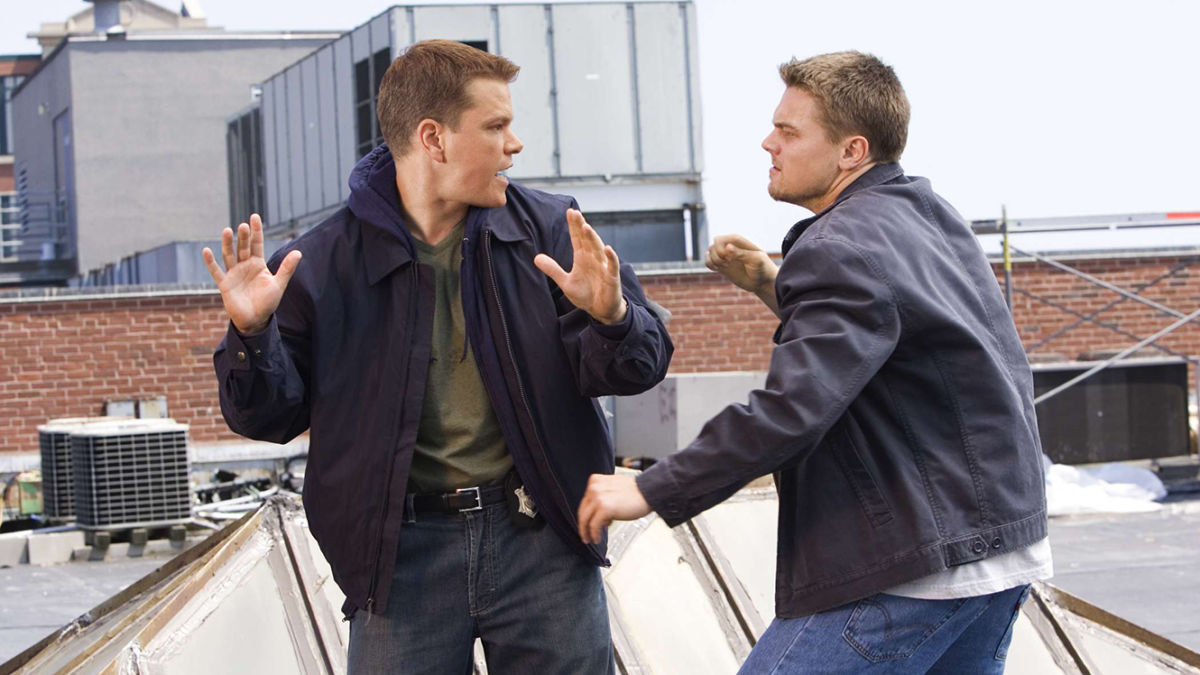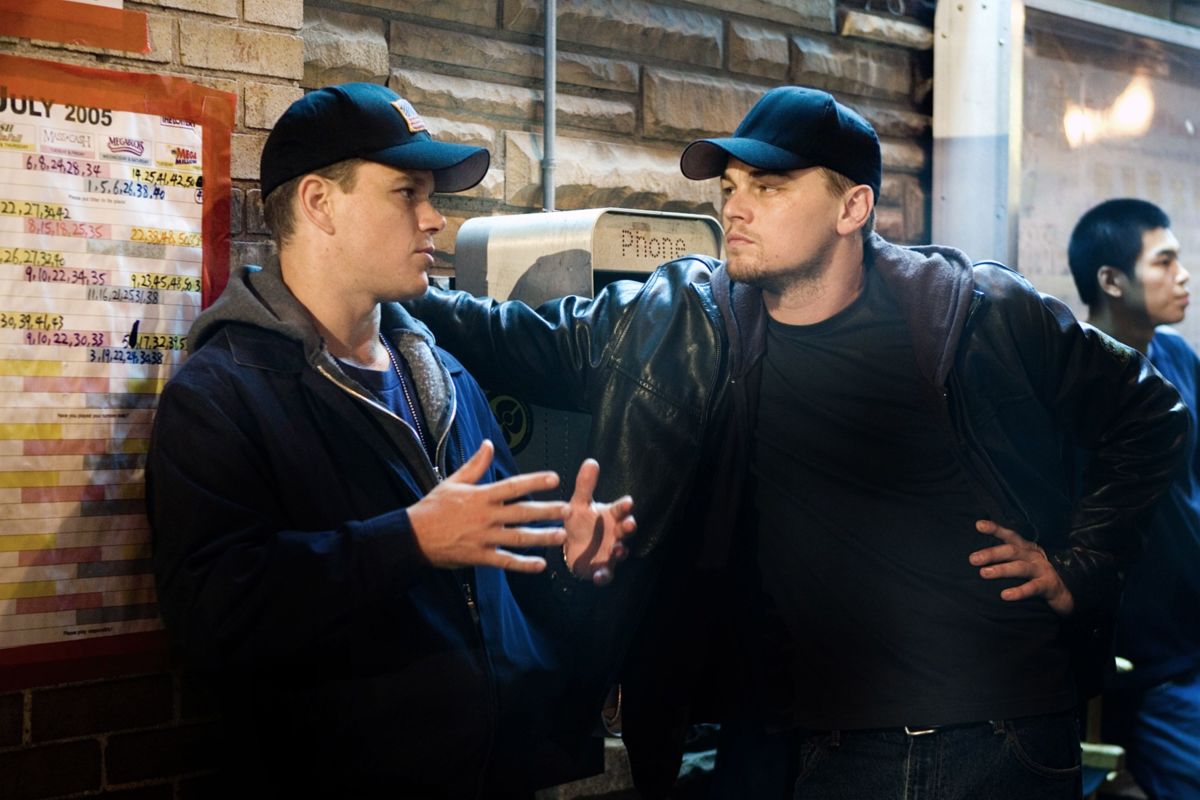This awards season, try talking to any cinephile about Alfonso Cuarón’s latest film, Roma. Chances are, they loved it. Perhaps they’ll rave about the heartfelt, personal story, or call attention to the incredible use of detail, or laud Cuaron for acting as his own cinematographer. They’ll probably deem the movie to be a technical masterpiece, shot on 70mm film in black-and-white and employing naturalistic and precise sound design. They might even nominate it as their personal pick for Best Picture.
“…But make sure you see it in theaters.”
This last refrain is by far the most common. Of course, Roma was produced and distributed by Netflix, and its prominence in the 2019 Oscars conversation has reinvigorated the endless cultural debate over streaming versus theatrical releases. Just Google “see Roma on the big screen,” and you’ll easily find a dozen think-pieces explaining how and why the movie packs a greater punch when it’s projected onto a wall. And you’ve heard it all before: theaters use the highest-quality audio-visual equipment; cinemas keep the film industry alive; and most importantly, movies are best seen in a dark, crowded theater, where its audience can be free from distraction and communally observe a story as it unfolds.
Quite frankly, this argument is becoming a bit tiresome. Our methods of watching content are changing. Some of our most relevant content creators include companies that started as a DVD-rental service, a computer manufacturer, and an online competitor to Barnes & Noble. An unprecedented amount of great television is available to us whenever and wherever we want it. More people will watch 6ix9ine’s music videos this year than will watch all of the Oscars nominees, combined. Some cinephiles will use this knowledge to bemoan the end of cinema as we know it, but innovation in distribution doesn’t have to be a bad thing. Maybe Roma should be seen on the big screen, but some movies have qualities that fit nicely into the streaming model. Even movies that were released before the streaming era.
With that in mind, here are three great movies that benefit from the perks of the modern home viewing experience.
The Departed
Martin Scorsese’s crime thriller tells a story in which a Boston-Irish mobster goes undercover into an elite city police force, while a cop in an elite Boston police force goes undercover into the Boston-Irish mob. Both main characters speak to all the same people, have a lot of the same conversations, and code-switch between their real and undercover personas from scene to scene. Oh, and Matt Damon and Leonardo DiCaprio frequently look a lot alike.
When I watched this movie with my brother, he spent the first hour completely confused, causing me to press pause and explain the plot thus far. As it turned out, he hadn’t even realized that Damon and Dicaprio were playing different characters. Herein lies the value of the pause button; it allows us as audience members to regroup and make sure we understand exactly what we’re watching. The Departed is an excellently layered, well thought-out, and nuanced examination of cops and robbers, but it’s also 151 minutes long and relentless in its pace. If you don’t pick up on Leo’s intentions as he delves deeper into Frank Costello’s gang, or Matt Damon’s motive when he instructs a suspect to “call his mother,” the movie goes from being a captivating character study to a possible waste of time. The ability to stop, start, and even rewind reduces the likelihood of these misunderstandings. Plus, it means we can pause to laugh when Mark Wahlberg yells, “I’m the guy who does his job. You must be the other guy.”
When Harry Met Sally
This is the perfect movie to watch friends. One of the great will-they/won’t-they stories, Nora Ephron creates two characters who try to be best friends, despite their obvious urges to shack up together. It features two extremely charming and charismatic leads in Billy Crystal’s Harry and Meg Ryan’s Sally, a ton of rewatchable scenes, and crucially, it’s told in easily digestible episodic chunks. The movie can feasibly be watched over the course of several hours, pausing whenever an old couple appears on the screen to tell the story of how they first met.
It also doesn’t have much of a plot, outside of the larger romance narrative, so a group of people watching can talk over the movie without missing much crucial dialogue. When surrounded by the right crowd, the conversation regarding a movie can often be just as funny and engaging as the movie itself. Every group of friends can think of two people in their own lives that are circling a When Harry Met Sally-esque scenario. Thus, the experience of watching the film can trigger funny memories or personal stories similar to those on-screen; and in the privacy of our homes, we can tell those stories without fear of missing the movie or distracting other people.
It Follows
Horror movies can work really well in the theater, so long as they deliver scares; there are few thrills as cinematically satisfying as a packed house screaming in fear. That said, It Follows is a different kind of horror movie. Instead of relying on traditional jump scares, which follow a classic buildup-buildup-payoff structure, director David Robert Mitchell fosters a scenario in which the buildup progresses so gradually that you’re almost begging for the scare to finally come. The suspense is tantalizing, and it becomes greatly amplified when you watch it home alone.
The movie follows, um, I mean concerns a teenage girl who’s just been afflicted with a supernatural sexually transmitted disease. Once she’s received it, this monstrous entity can take the form of any person, and walks toward her at a casual but constant pace. She can run away and still survive, but if she lingers too long in any one area, the entity will catch her and kill her. It Follows revels in this conceit by placing its characters in normal daily activities, and then, without notice, revealing a background actor slowly walking toward the screen. As you watch from the comfort of your own couch, this type of leisurely stalking feels almost invasive. The entity walks closer and closer, and you know that it’s coming, but you’re powerless to do anything to stop it. If you had gone to the theater with friends and prepared for this experience, it probably wouldn’t have the same effect, because you had almost earned the fear. However, by streaming it without as much foresight, the movie’s voyeuristic tendencies really hit home.
In recent years, it appears content distributors have become hip to the specific benefits of streaming culture. Some of Netflix’s biggest cinematic triumphs in 2018 were Set it Up and To All the Boys I’ve Loved Before, romantic comedies that share many of the same characteristics as When Harry Met Sally, and the horror premise of “something’s wrong with the house” seems to occupy its own subgenre on these services. But we shouldn’t equivocate the small screen success of these movies with some larger failure of the big screen movie industry. As our technology changes, it gives us more options to consume exciting stories, and seeing Roma on your laptop is no less effective than seeing The Departed in theaters. There’s no reason why we can’t each enjoy the things we love in the way we love to enjoy them.
Some of the coverage you find on Cultured Vultures contains affiliate links, which provide us with small commissions based on purchases made from visiting our site.



